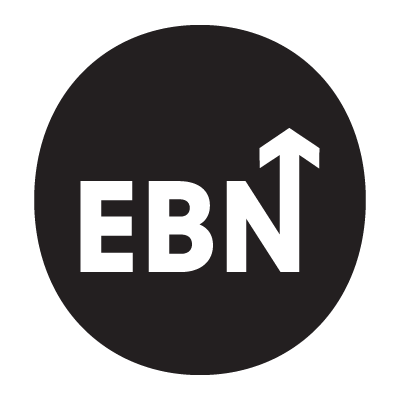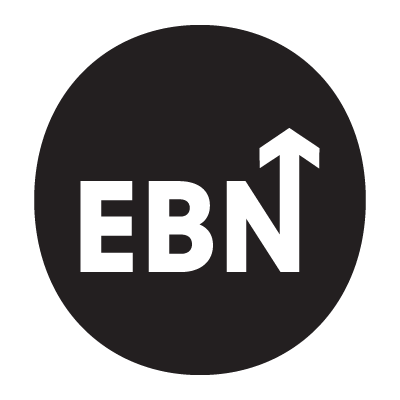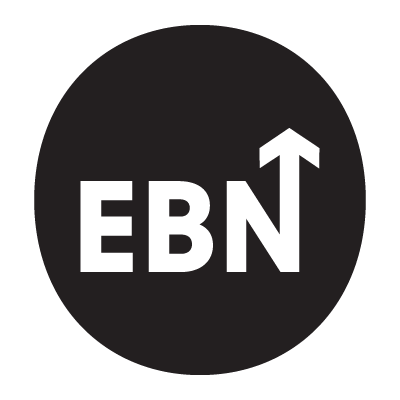Understanding Today’s Labor Markets: Are They Employer-Driven or Talent-Driven?
When it comes to employer branding, a common question arises: Why invest in employer branding if hiring slows? With layoffs rife among competitors, it might seem like an abundant talent pool. Therefore, what value does a strong employer brand bring to your organization in today’s employer-driven labour market?
This concern is valid, especially as organizations navigate limited resources and shifting priorities. Yet, investing in employer branding remains crucial—even during periods of reduced hiring. A robust employer brand not only attracts and retains top talent but also reinforces your organization’s reputation. Crucially, this reputation boosts employee engagement, satisfaction and productivity during challenging times, and sets the stage for agile talent acquisition when growth opportunities emerge. Being talent-focused and prioritizing employer branding is always a wise, future-proof strategy.
Momentum isn’t always progress, especially when you always end up back where you started.
Fathom helps you escape the loop. With insight, not intuition.
Rather than focusing solely on cost-cutting or reducing staff, organizations should prioritize strategic, long-term investments that enhance efficiency and organizational resilience. Employer branding is one such investment—its benefits might not always be immediately visible, but ignoring it can lead to significant long-term setbacks. Building your employer brand now is essential for sustainable success down the line. The good news here is that it doesn’t need to be expensive or resource-intensive; there are plenty of effective strategies for building or maintaining a strong brand that won’t break the bank.
Why Employer Branding Must Be a Strategic Priority
In a previous Refractions article, I emphasized the importance of defining success metrics and setting shared goals for employer branding. As we move into 2025, it’s critical to address the unique challenges that employer branding professionals face across B2B and B2C industries. Below, I’ll share some actionable insights to help HR and talent acquisition (TA) teams overcome these challenges and strengthen their strategies for attracting top talent.

Discover the Core of Employer Branding
At its heart, employer branding is about building an appealing image of your organization as a place where top industry talent aspire to work. However, a strong employer brand does much more than attract talent; it improves retention and drives overall organizational performance and success.
Successful employer brands always start with a clear understanding of what sets your organization apart. Your Employee Value Proposition (EVP) should articulate your company’s defining and differentiating benefits, culture, and values while aligning with your broader business objectives. Developing a compelling EVP requires in-depth talent research to uncover precisely what your target talent prioritizes in employment, how they perceive you and your main talent rivals, and the authentic employment experience that your workforce experiences (pro tip: it’s often not what you think it is). This research must go beyond basic online searches or AI summaries—it requires going directly to the source and conducting a deeper analysis to truly understand the needs and aspirations of your target talent pool.
Once you’ve defined the brand you want to build (articulated as your EVP), you need to ensure it is reflected consistently across all platforms and talent touchpoints—whether that’s job postings, social media, or your corporate website. Train and empower your recruiters, line managers, and HR teams with everything they need to know about your EVP and employer branding best practices and uses or risk losing that critical brand consistency. Build brand equity (your overall attractiveness) and your desired brand associations (the themes of your EVP) through skilfully developing and deploying an omnichannel strategy—including blogs, videos, and social media—to increase your share of voice and positively influence your current and future workforce.
In times of challenging market conditions, such as those forecast for 2025, employee advocacy is often the Holy Grail of employer branding. Done right, advocacy isn’t just practical and inexpensive, it’s seen as authentic, credible and more trustworthy. However, it’s always been a tricky feat for organizations to master. Thankfully, there are now some excellent tools available that help employers not only make it easier for employees to create and distribute “user-generated content”, can also do so at scale, on-brand, and with the ability to track performance and results.
Finally, monitor key employer branding metrics such as candidate quality, employee retention, and engagement rates. This data doesn’t just help you measure impact and continuously improve your initiatives; it’s the foundation of your business case for maintaining employer branding during downtimes and tapping into essential budgets.
Confronting Employer Branding Challenges Expected in 2025
B2B Sector:
- Fragmentation of EVPs: Individual business lines often develop their own EVPs or go out to market with off-brand messaging, making cohesive branding efforts challenging.
- Complex Offerings: Explaining intricate products and services to recruits can create engagement barriers, especially in workforces with diverse roles and talent requirements.
- Technological Shifts: Rapid advancements demand flexibility in talent strategies. As employers pivot their businesses in the face of evolving markets, so must they do so with their approach to talent.
B2C Sector:
- Alignment with Consumer Brands: The EVP must reflect and complement the master brand, which can be difficult to balance as customer and employee perspectives don’t always fully align.
- Burnout Risks: High-paced environments often lead to burnout, especially those conducting layoffs or focused on streamlining and efficiency, undermining morale and retention.
- Workforce Diversity: Catering to a broad range of employee preferences while maintaining alignment with the EVP requires careful strategy and communications.
Looking Forward: Universal Challenges and Strategic Solutions
As we approach 2025, organizations must prioritize long-term employer branding initiatives over short-term tactical recruitment drives. Key strategies include:
- Strengthening Insight-Driven EVPs: Use data to craft and continuously refine and enhance EVPs that resonate with candidates and employees. Focus on local nuances to stay relevant and competitive.
- Avoiding Branding Pauses: Employer branding is a continuous process, not a reactionary one. While the focus may shift between employees and candidates, maintaining consistency is vital, and pauses hurt. Falling behind in the race might not hurt now, but it will eventually.
- Resilient Budget Management: Protect your employer branding efforts even during budget cuts; they are crucial for employee trust and retention. Look for cost-effective solutions that keep the fires burning brightly without draining the coffers.
- Proactive Engagement: Maintain alignment between your EVP and evolving employee experiences to build loyalty and trust. Don’t let the experience drift too far from the prevailing reality.
- Collaboration Across Teams: Work closely with CHROs and TAs to align employer branding efforts with broader organizational objectives. Tap into the skills and network of your HR teams and other stakeholders to keep the right messages front and center.
Unlocking Success: Collaborative Employer Branding for 2025
In 2025, more so than ever before, engaging and collaborating with CHROs and TA teams is vital for overcoming the latest set of employer branding challenges. Uniting effectively in this way will allow organizations to craft cohesive strategies that attract top talent and foster employee loyalty with a focus on the long-term, being cost-effective, and keeping the organisation in the fight for when the market changes.
I find the best place to start is by providing relevant insights to CHROs and TA teams. Through this time, gathering relevant data and translating it into actionable insights that inform decision-making throughout the employee lifecycle is more important than rushing out campaigns. Be selective with your outreach and align those strategies with evolving organizational goals. In an unpredictable market, remain flexible and ready to pivot.
Refine your EVP by incorporating fresh insights that resonate with your evolving business strategies, and keep your messaging consistent and on-brand across all your key talent touchpoints. Audit your messaging and refresh it as needed. Remember to engage both internal employees and external candidates to strengthen your brand, with an appropriate skew based on the prevailing priority of the business (to hire, retain, or engage). Finally, now is a very good time to tap into and leverage innovative, cost-effective solutions to amplify your impact while minimizing expenses.
By aligning with CHROs and TAs, empowering your workforce with advocacy, and embracing transformative tools, you can maintain a resilient employer brand ready to meet the challenges of 2025 and beyond. Let’s initiate a meaningful conversation with the TA team today. My upcoming article will focus on creating a cohesive Talent Attraction and Acquisition Strategy. I’ll present powerful strategies for developing an integrated approach that draws insights from HR, talent acquisition, employer branding, and actionable steps to ensure effective implementation.
Takeaways
Why is employer branding important during a hiring slowdown?
It bolsters your company’s reputation, enhances engagement, and ensures readiness for future hiring surges.
What role does the Employee Value Proposition (EVP) play in branding?
The EVP defines your unique value to employees and candidates, forming the backbone of your branding strategy.
How can employer branding support both hiring and retention?
By promoting your company’s strengths, culture, and values, employer branding attracts top talent and fosters loyalty among current employees.
What are the unique challenges in employer branding for 2025?
Challenges include fragmented EVPs, alignment with consumer brands, technological shifts, and managing diverse employee needs.
What strategies can help overcome these challenges?
Focus on insight-driven EVPs, maintain consistent branding, and collaborate across departments to align goals and messaging.
How can organizations make branding efforts cost-effective?
Leverage employee advocacy and digital tools to amplify your message without overspending, focusing on scalable solutions.
Why should CHROs and TAs align on employer branding efforts?
Collaboration ensures branding strategies support broader organizational objectives, maximizing impact on talent acquisition and employee satisfaction.

What is Refractions?
In an industry often shaped by convention, Refractions brings a fresh angle. This series takes established perspectives in employer branding and talent acquisition, bends them, and reveals new facets—insights that might otherwise be missed in a straightforward view.
Why Refractions? Just as light refractions create vibrant, multi-dimensional colors, this series seeks to shine a sharper light on the field. With contributions from thought leaders, industry disruptors, and experienced voices, each article reflects something familiar but with a unique twist—breaking down complex topics and reconfiguring them through the lens of innovation.
Every piece in Refractions is designed for those who value depth and discovery, exploring the latest currents and trends in employer branding to reimagine what’s possible in today’s shifting talent landscape. Because sometimes, all it takes to see things clearly is a new perspective.

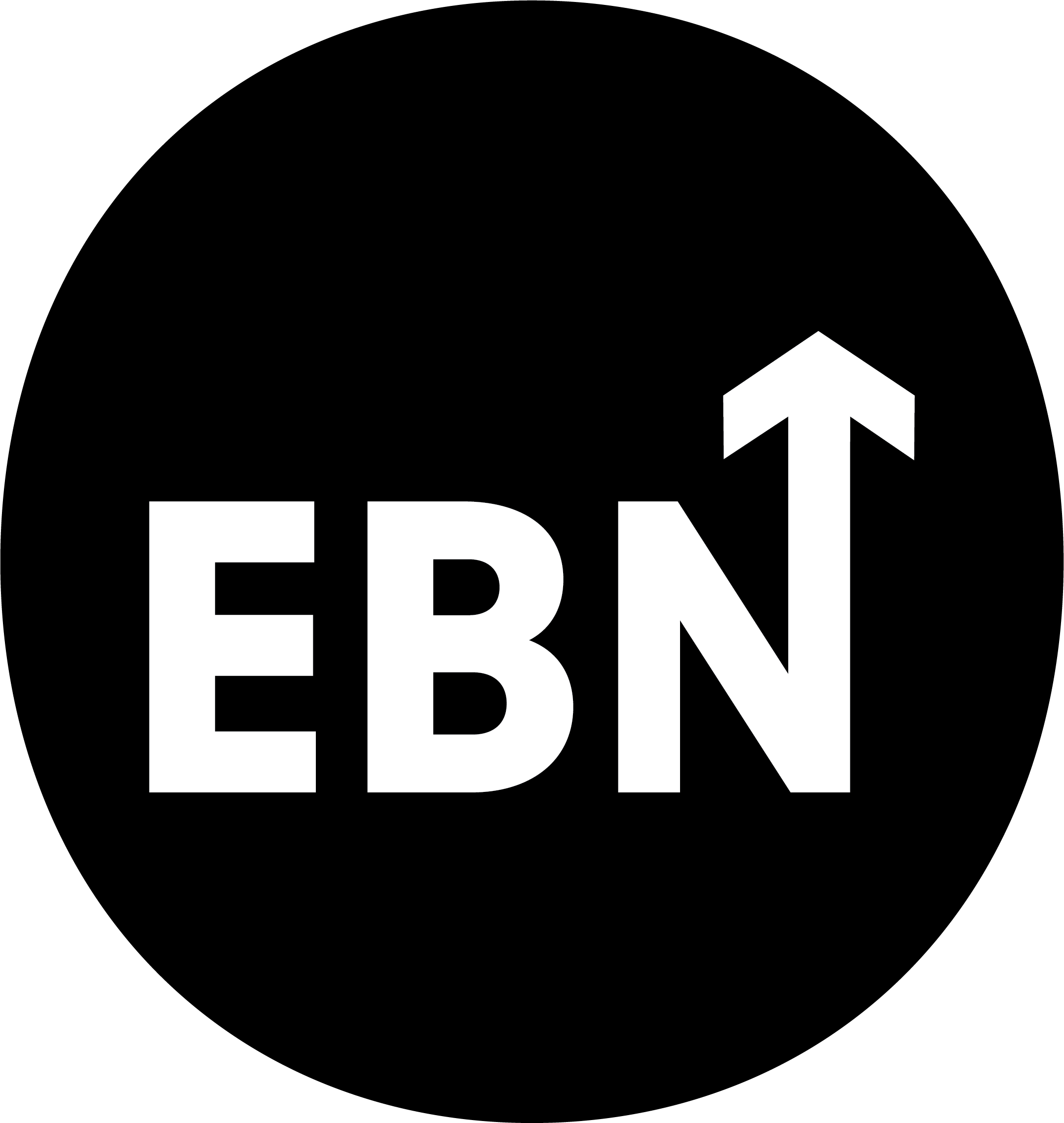
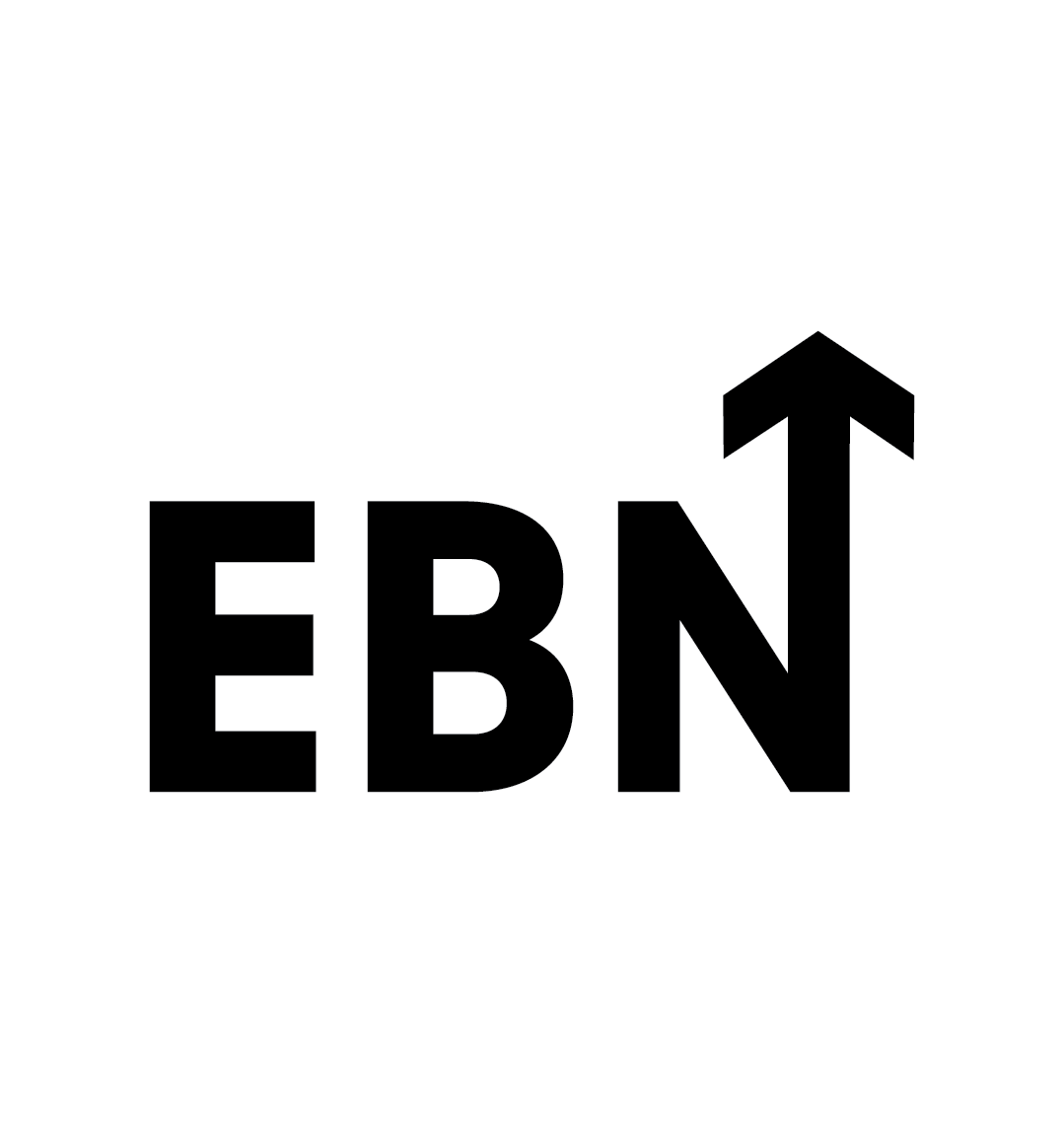
![[04] Elevate Your Game: Dynamic Strategies for Employer Branding to Team Up with CHROs and TAs Against Challenges of 2025](/content/images/size/w1284/format/webp/2025/01/04.png)

